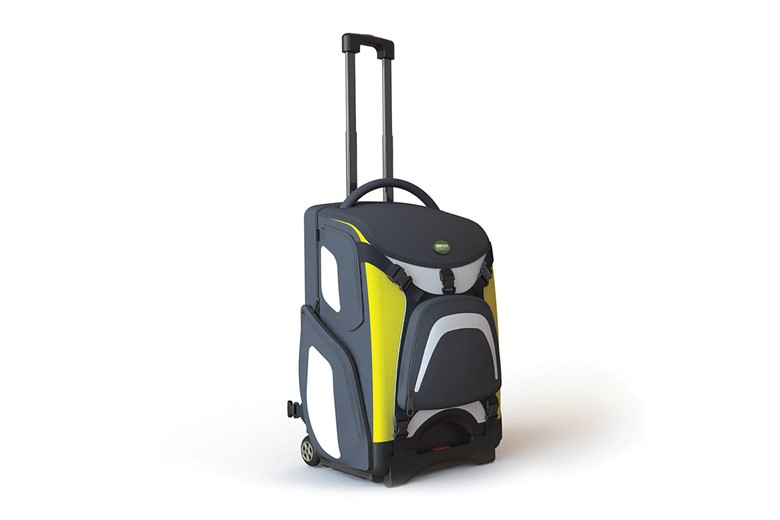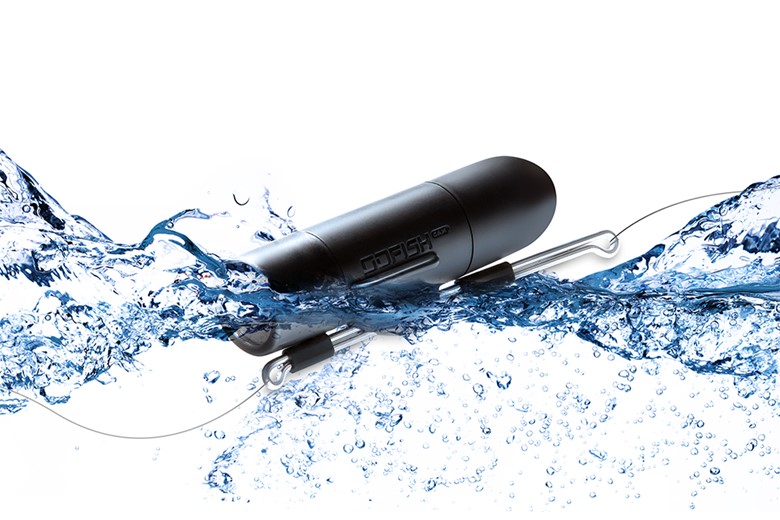Invention makers need a value proposition for their product, there’s no question about this. Because at the heart of every successful product business is an incredibly compelling hook that the customer simply can’t ignore. In general, a good value proposition clearly tells a customer one very important thing:
Why a customer should buy your product.
Value Propositions
Value Propositions are one of the nine components of the Business Canvas Model that helps inventors manage and structure a streamlined business plan. In the Business Model Canvas, notice how the Value Proposition is at the very centre. Indeed, there’s a very good reason for this.
From marketing to strategy to operations, the value proposition should be the root from which every aspect of your business stems. In fact, it is the difference that convinces a target customer to pick your product over a competitor’s.
As the inventor of the product, you may think that the intrinsic value you’re providing is obvious. You might even believe that your product is so good that it will sell itself. The fact is, however, it is so not obvious to your customer.
Value propositions are usually communicated in marketing messages that clearly state how the product solves a potential customer’s problem or satisfies their need. Inventors from specific industries might also be tempted to use industry terminology to advertise their products.
While phrases like “we use polyoxymethylene thermoplastic for dimensional stability” might sound cool or informative to you, it probably sounds like a totally different language to the majority of your customers. The key takeaway here is that If your customers can’t understand what you’re trying to say, they’re not going to consider your product, let alone buy it.
While tempting, try to avoid overusing haughty or meaningless descriptors like “amazing, fantastic, or remarkable” as well. Advertising your product as something amazing doesn’t intrinsically make it so, and chances are, they won’t believe you either.
So how do you convince your potential customers that your product is absolutely remarkable, clearly and concisely, without having to say it’s “absolutely remarkable?”
How to Craft a Value Proposition
Let’s circle back to the purpose of the value proposition. Certainly, invention makers need value propositions to convince potential customers to choose their product over a competitor’s. Thus, the product needs to have a discernible competitive advantage over alternative products.
As customers have the luxury of being choosy, the first products they’ll ignore are the ones that don’t communicate, visually or in words, the benefit or solution to their pain point in a simple way. Keeping in mind that the customer’s time is limited, successful inventors will aim to define the value of their product precisely, clearly, and concisely.
- By precisely, we mean state exactly the benefit you are providing;
- By clearly, we mean the most basic, simplest, and plain language; and
- By concisely, we mean keep your statement short and sweet.
Here are a few examples of how our clients communicated their value propositions.

ROVER Packhopper
The Packhopper is a high-quality backpack with wheels that conveniently picks up and holds tennis balls, just like a ball hopper. It holds 100+ tennis balls, 2 tennis rackets, and has numerous pockets for accessories and water bottles.
What makes this a compelling value proposition?
First of all, there’s a specific target audience: tennis players. It also clearly states how this product combines two of the clunkiest, yet important, products for tennis players in one convenient bag. Ball hoppers are typically those metal cages that hold large volumes of tennis balls. Ball mowers are wheeled devices that players can roll over tennis balls to pick them up – making cleaning up after practice much simpler.

GoFish Cam
GoFish Cam is a wireless underwater fishing camera that sits on your fishing line and works with a mobile app. Anglers can capture action-packed footage, gain insight into the underwater fishing experience, and review awesome video content that can be shared on social media.
What makes this a compelling value proposition?
Again, there’s a specific target audience: fishing enthusiasts. So aside from recording cool footage to share with friends and family, it’s an incredibly powerful learning tool. Users will get valuable footage of how fish behave and interact with different lures. Users may learn that fish may be attracted to the lure but not interested enough to take the bait. These kinds of useful insights will help enthusiasts catch more fish than ever before.
About: MAKO Design + Invent is the original firm providing world-class consumer product development services tailored to startups, small manufacturers, and inventors. Simply put, we are the leading one-stop-shop for developing your physical product from idea to store shelves, all in a high-quality, cost-effective, and timely manner. We operate as one powerhouse 30-person product design team spread across 4 offices to serve you (Austin, Miami, San Francisco, & Toronto). We have full-stack in-house industrial design, mechanical engineering, electrical engineering, patent referral, prototyping, and manufacturing services. To assist our startup and inventor clients, in addition to above, we help with business strategy, product strategy, marketing, and sales/distribution for all consumer product categories. Also, our founder Kevin Mako hosts The Product Startup Podcast, the industry's leading hardware podcast. Check it out for tips, interviews, and best practices for hardware startups, inventors, and product developers. Click HERE to learn more about MAKO Design + Invent!







